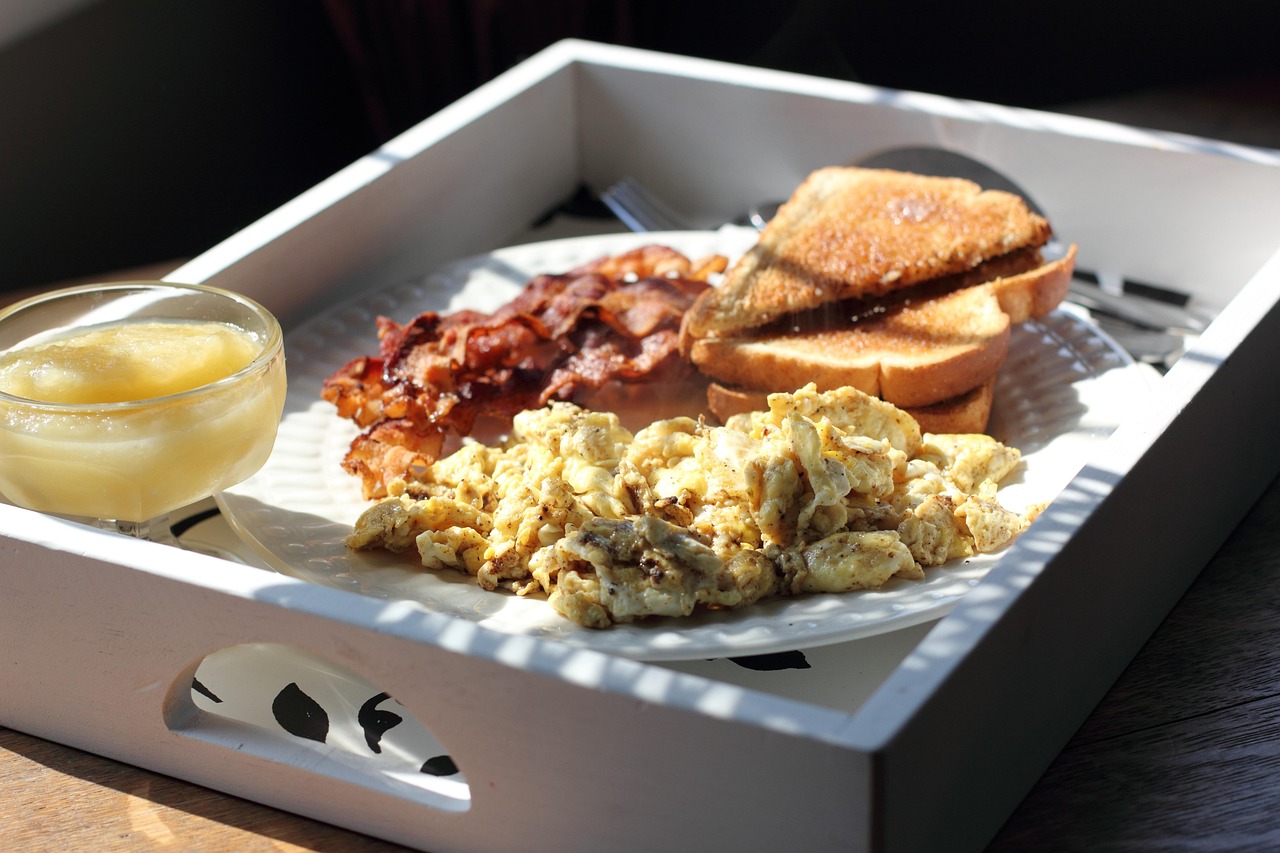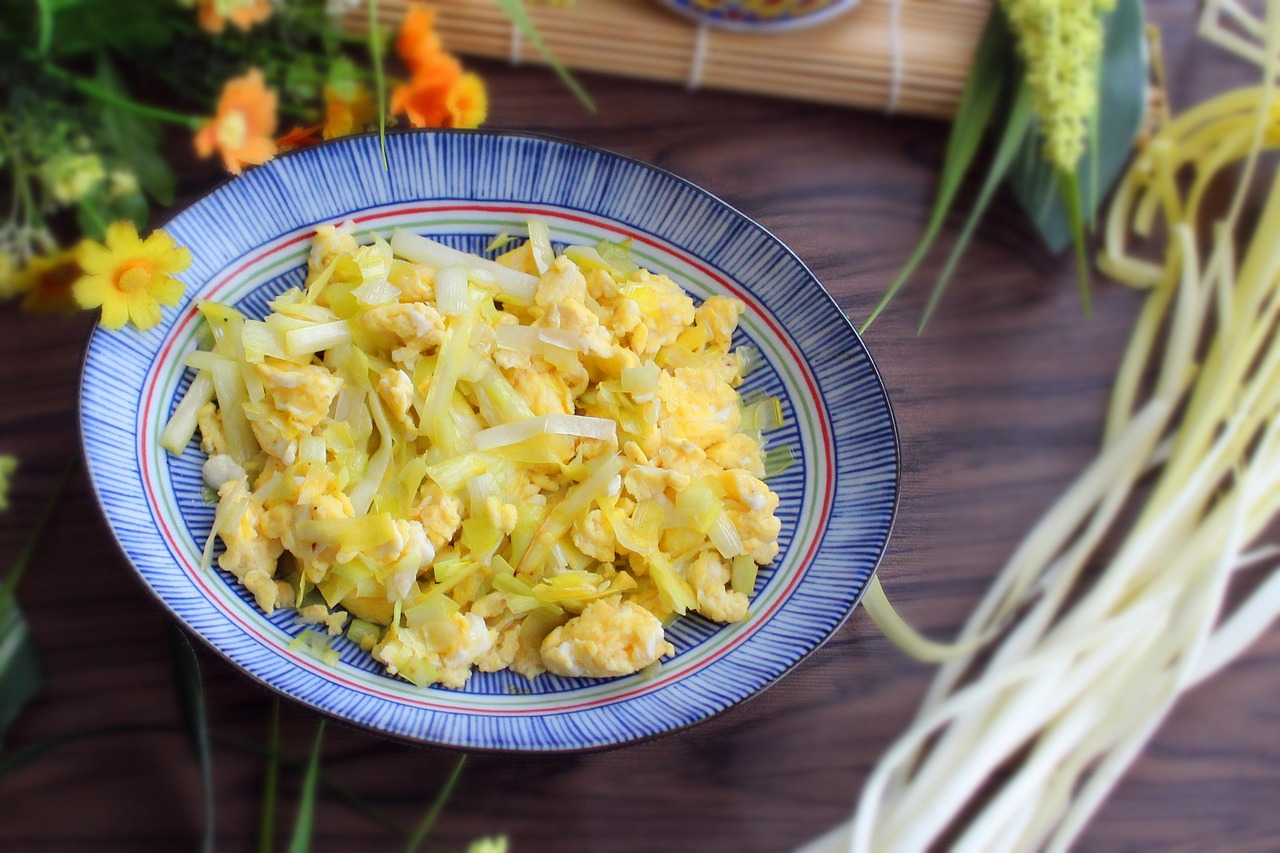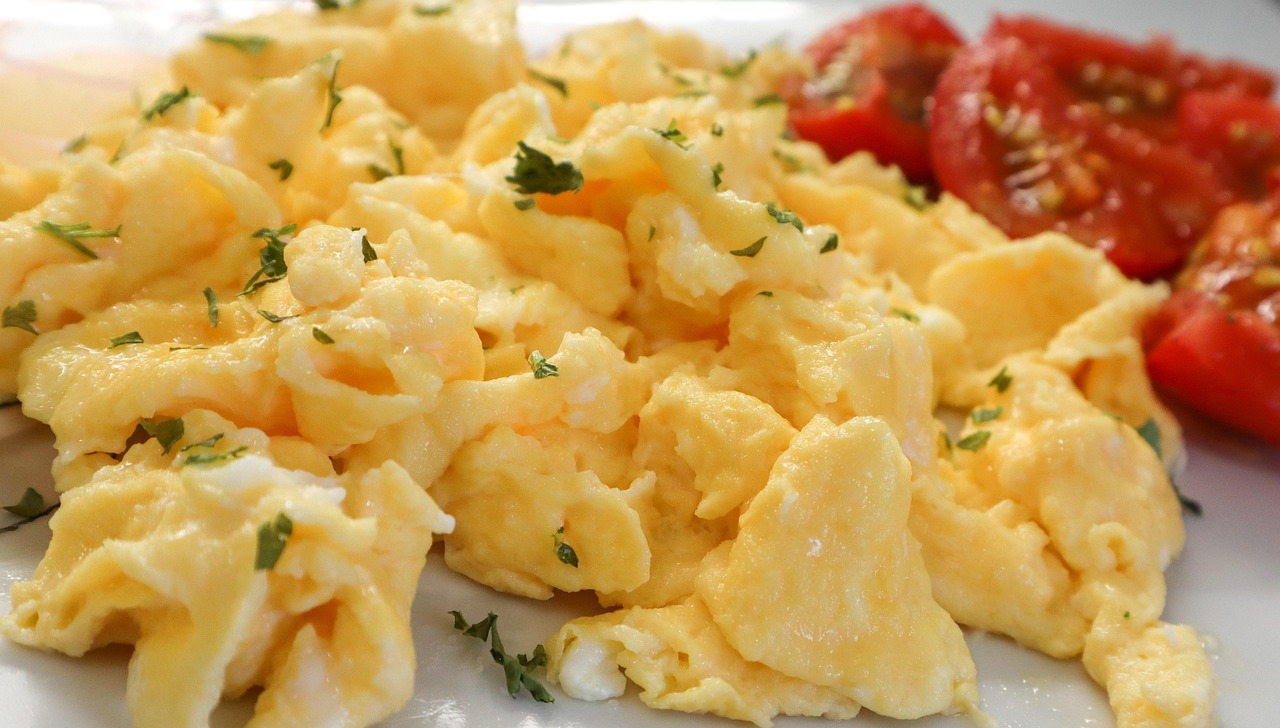- ACTIVITIES
208 Very Best Paranoia Game Questions


Scrambled eggs are a classic breakfast staple, cherished for their simplicity and versatility. Whether you are a seasoned home cook or a culinary novice, mastering the art of scrambling eggs can elevate your morning routine. This guide will walk you through the essential tools, techniques, and variations to ensure you achieve the perfect scrambled eggs every time.
To create the ideal scrambled eggs, having the right tools on hand is crucial. While you don’t need a fully equipped kitchen, a few select items will significantly enhance your cooking experience.
The humble scrambled egg has a rich history, tracing back centuries across various cultures. Ancient Roman texts mention egg dishes similar to modern-day scrambled eggs. Over time, the recipe evolved, with regional variations adding unique twists. In the 19th century, scrambled eggs became a staple in English breakfasts, and today, they are enjoyed worldwide in countless forms.

Creating scrambled eggs is a straightforward process that can be mastered with practice. Follow these step-by-step cooking instructions for the best results:
Achieving soft and creamy scrambled eggs requires a few key techniques and tips for texture and flavor. These secrets can transform your scrambled eggs from ordinary to extraordinary.
Cooking eggs over low heat allows them to cook evenly and prevents them from becoming rubbery. Patience is key to achieving a creamy texture.
Adding a splash of milk, cream, or even crème fraîche can enhance the creaminess of your scrambled eggs. This addition also helps in creating a richer flavor profile.
A gentle hand is necessary when stirring the eggs. Vigorous stirring can break the eggs down too much, leading to a less desirable texture.
While classic scrambled eggs are delightful on their own, incorporating creative additions can elevate them to a new level of deliciousness. Consider these options for a flavorful twist:
Scrambled eggs are incredibly versatile, allowing for numerous variations that cater to different tastes and dietary preferences. Here are some popular variations to try:
French-style scrambled eggs are known for their ultra-creamy consistency. Achieved by cooking the eggs slowly over low heat and frequently stirring, this method results in a delicate, custard-like texture.
Incorporate ingredients like onions, tomatoes, jalapeños, and cilantro for a spicy, flavorful twist. Serve with tortillas and avocado for a complete meal.
Add Italian flavors by mixing in sun-dried tomatoes, basil, and mozzarella cheese. This variation pairs wonderfully with crusty bread for a satisfying breakfast or brunch.
To consistently make the best scrambled eggs, consider these expert tips:

While traditional methods are popular for a reason, exploring innovative methods for scrambling eggs can yield intriguing results.
For a quick and easy option, microwave scrambled eggs can be prepared in under two minutes. Simply beat the eggs in a microwave-safe bowl, season, and cook in short intervals, stirring in between.
Sous vide cooking offers precise temperature control, resulting in perfectly creamy scrambled eggs. Seal the eggs in a vacuum bag and cook them in a water bath at a low temperature for an extended period.
By understanding the history, mastering techniques, and experimenting with flavors, you can transform simple scrambled eggs into a culinary delight. Whether you prefer them classic, creamy, or with a creative twist, the perfect scrambled eggs are always within reach with the right approach and tools.